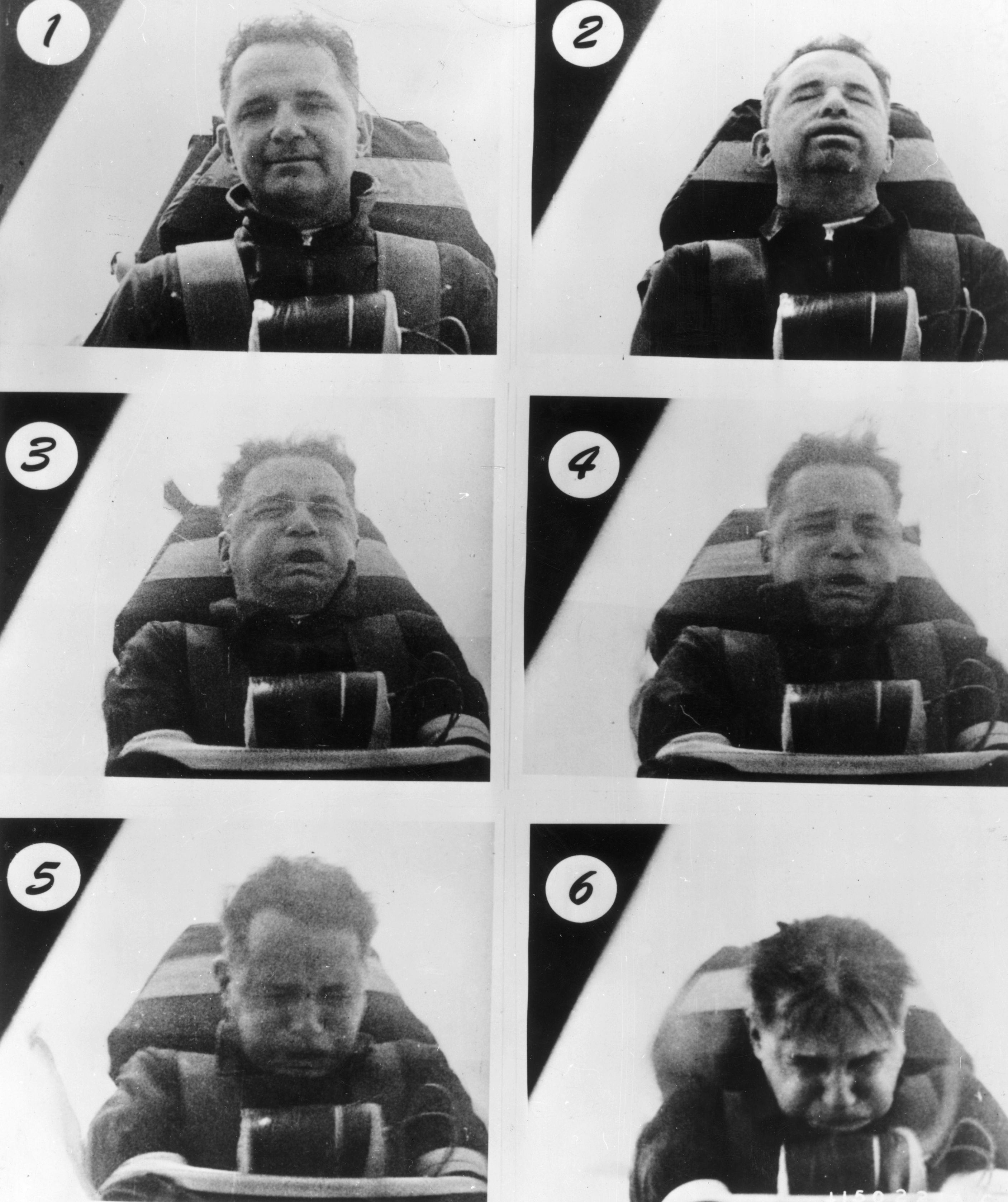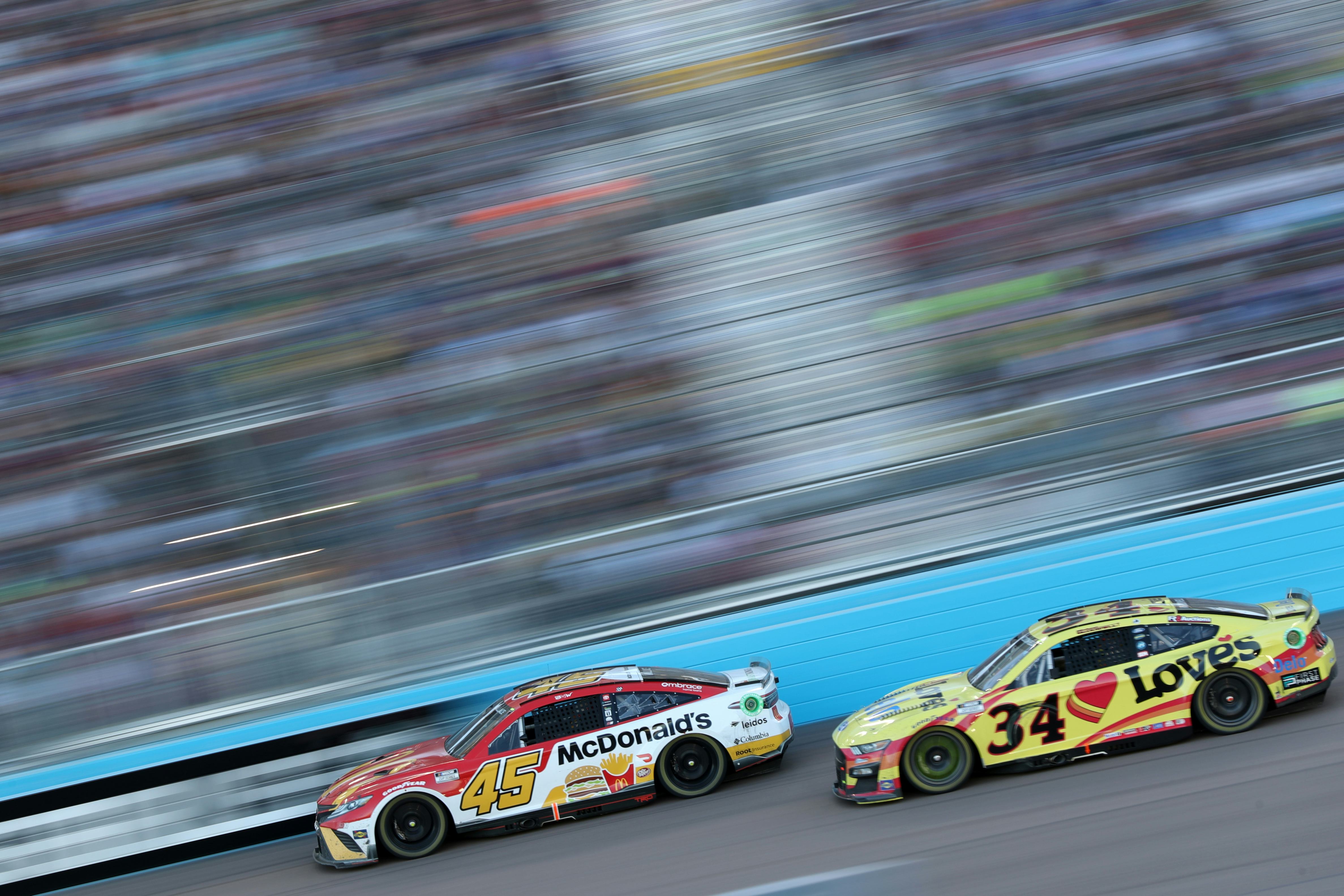
When NASA’s Orion spacecraft reaches the end of its mission, it will hurtle into Earth’s atmosphere at 24,529 miles per hour. Then, with a special maneuver designed to split up the entry force for a smoother ride — as well as help it reach a desirable landing site at sea — the capsule will ascend a bit. And much like a rock skipping atop a lake, the spacecraft will slow down its momentum following its record-breaking 25.5-day Moon voyage.
Orion is currently flying uncrewed. Its journey for the Artemis I mission is gathering the science required to return humans to the Moon safely. Many things have to go right for NASA to feel comfortable calling on a select few from its astronaut class to prepare for the Moon for the first time since Apollo. Several scenarios are worthy of concern, like visions of the desolate lunar surface, the void of space, and misfiring commands. But when Inverse spoke to former Shuttle astronaut Nancy Currie-Gregg, the 30-year spaceflight veteran said that, to her, the most crucial phase was reentry and landing.
It’s because there is a potential for injury on landing in the spacecraft.
Investigations into what high speeds do to the body
Let’s imagine Wile E. Coyote. This cartoon character schemed in all sorts of creative ways to catch the speedy Road Runner, which included a blazing rocket atop rail tracks. In the real-life desert of Tularosa Basin in southern New Mexico, engineers actually lit rocket-esque sleds atop tracks beginning in the 1940s to test a variety of forces. One human subject, strapped onto a payload traveling 632 miles per hour, accelerated more than 3,000 feet in a few seconds and survived the sudden stop.

United States Air Force flight surgeon Colonel John Stapp came out bruised and battered, and according to the National Air and Space Museum, described the experience as “like the extraction of a molar without anesthetic.”
Scientists know through the Space Age Railroad (as this set-up was called) and modern military centrifuges that humans can withstand high gravitational forces, or multiples of the natural exertion of gravity on the human body on Earth (denoted with a lowercase g, though not to be confused with grams).
Stapp survived four tons of force — more than 46 g — when he came to a stop just as fast as he began.
NASA and NASCAR
More recently, Currie-Gregg reached out to NASCAR professionals to understand how astronauts could be kept safe upon reentry. Currie-Gregg led the Space Shuttle Program’s Safety and Mission Assurance Office, where she directed efforts to enable the safe return of astronauts following the Columbia reentry disaster of 2003.
“As an operator, the entire time you’re training for a mission, you’re asking, ‘What if?’,” Currie-Gregg tells Inverse. “Every member of operations, every member of engineering, is asking that question ‘What if?’, because we need to be prepared for those off-nominal situations.”
Her path led her to dialogue with Robert Hubbard, mechanical engineer and inventor of an important race car driver’s accessory called HANS. Short for Head and Neck Support, the brace retrains the head relative to the torso during hard stops, which killed race car drivers Patrick Jacquemart in 1981 and Dale Earnhardt in 2001. The sudden stop of a vehicle also poses harm to infants and their developing cranial structures, and it’s a major reason that rear-facing car seats are safest for babies.

Race car drivers can experience five times the force of gravity during their drive, especially on curves, or even higher. But they aren’t occupationally required to do sudden stops. That’s quite different from astronauts in a descent vehicle like in Artemis or Apollo.
“Risk is made up of two elements: The probability of occurrence and the severity of the outcome. So the severity of the outcome, in both the NASCAR crash or a spacecraft landing an off-nominal high-energy landing, could be crew injury or even worse. So that’s the severity part,” says Currie-Gregg. “If we look at the probability of occurrence of an accident, even in NASCAR, it is somewhat small. But the probability of landing in a spacecraft if you’re an astronaut? That’s a probability of one. That is 100 percent.”
Smacking into water can be harsh. “If you've ever done a belly-flop on water, right, you know that hurts,” says Currie-Gregg. “We worry about those accelerations being transmitted through the body of the spacecraft, into the seat, and then ultimately into the occupants. So you worry about head and neck injuries, back injuries, flail injuries, that kind of thing.”
Orion’s return to Earth

On Sunday, December 11, Orion will use several impact mitigations. It has 11 parachutes, for example. They will deploy in sequence to “provide a safe speed for splashdown at landing,” according to NASA. The crew module, or the portion of Orion that would one day bring Moon astronauts back home, will also ignite the 12 small engines of its reaction control system (RCS) to control the spacecraft’s return. Airbags will also deploy to keep the spacecraft upright.
While thrusters, parachutes, RCS, and airbags aren’t new technology, at least one mitigation strategy will be debuting on Sunday.
It’s the skip entry. This maneuver will split reentry in half, making the experience onboard less strenuous. It should make the ride feel more like what astronauts already train to experience when coming home from a much shorter distance, the International Space Station.
Orion will enter the atmosphere at a 400,000-foot altitude from Earth’s surface. Seven minutes later, Orion will reach skip apogee, the highest point in its brief atmospheric ascent, at an altitude of 291,382 feet. Mike Sarafin, Artemis I mission manager, told reporters on Monday that Orion’s 16,824 miles per hour velocity attained after the skip maneuver “is just shy” of what a spacecraft experiences when returning from low-Earth orbit (like the International Space Station). Canadian Space Agency astronaut Chris Hadfield explained in a video that astronauts coming home from low-Earth orbit can experience four to eight times Earth’s gravity during reentry when the vehicle comes against the atmosphere.
Skip entry will also help NASA target a landing spot in the Pacific Ocean.
That has a few benefits. NASA can aim for the calmest waters possible for Orion’s landing, for instance. It also could expedite recovery teams’ access to Orion. Should a hard stop harm an astronaut’s body, they and their uninjured colleagues will likely be disoriented, and unable to help themselves. So, having recovery crews in the vicinity of the landing site to retrieve Orion and its riders as soon as possible will be critical.
Once the capsule is recovered, NASA will review measurements from instruments on Orion’s astronaut seat to see how the force on arrival transferred to its mannequin passenger. All in all, the data from Orion’s first flight demonstration is the first step to successfully bringing future spacefarers home.







